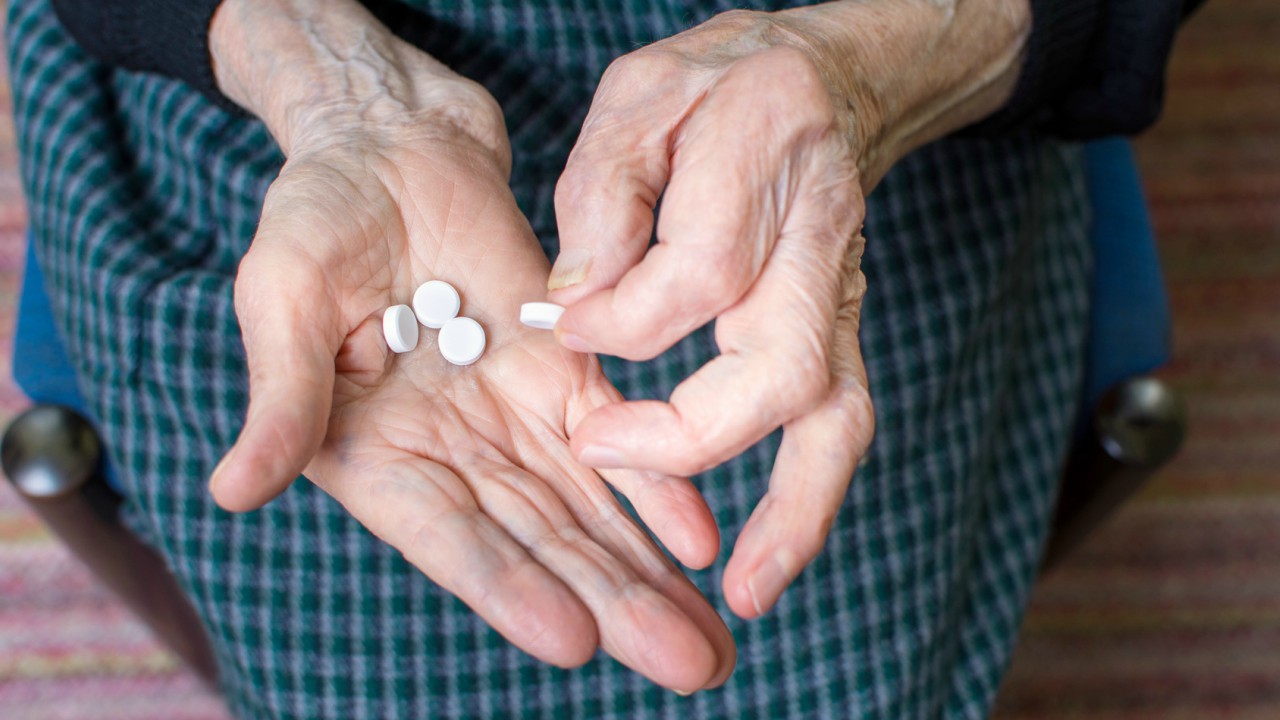Did you know that by the year 2034 the diabetes rate will DOUBLE to 44 million Americans. This is a huge number especially considering it includes both those diagnosed and undiagnosed (those who don’t know). Which category do you fit in? Are you careful to get your blood work every year? Who in your family has blood sugar problems?
There are a few tests you can request from your healthcare provider that covers all your bases.
First, there is the fasting glucose test (ie. blood sugar). After an 8-12 hour fast, you are looking for a number between 75 and 99 mmol/L. An elevated number means there is too much sugar in your blood stream. A fasting number between 100 and 125 mmol/L is pre-diabetes and numbers over 126 mmol/L on more than one occasion are a diagnosis of diabetes.
Next you can request fasting insulin to go along with your fasting glucose test. Insulin is the key that allows glucose into cells (out of the blood stream) to be used as energy. Normal levels are below 20 mIU/ml however I much prefer a levels under 10 mIU/ml.
Some healthcare providers choose to run a screening HA1c (hemoglobin A1c) which is a marker of glucose over the last few months. This test is especially useful once diagnosed with diabetes. Normal is below 7% however I prefer all people to be under 5.5%.
A great test to look for both outright and hidden blood sugar problems is the 2-hour glucose tolerance test. This involves a fasting blood draw followed by a challenge drink to raise your glucose levels with additional draws done again at the 1 and/or 2 hour mark. I prefer to include insulin with all glucose blood draws. This is helpful if you have normal fasting levels but then change drastically after the drink meaning your body is having a hard time adjusting your sugar levels.
Another test that involves your sugar levels are the triglycerides in your cholesterol profile. Ideally these numbers should be below 100 mg/dl. Elevated levels means you are eating too much sugar, carbohydrates, and fats which is the same for diabetes.
Please do not be a statistic. Get yourself and your family tested and even if the numbers are ‘borderline,’ take action and do something about your health!





Add a CommentComments
There are no comments yet. Be the first one and get the conversation started!